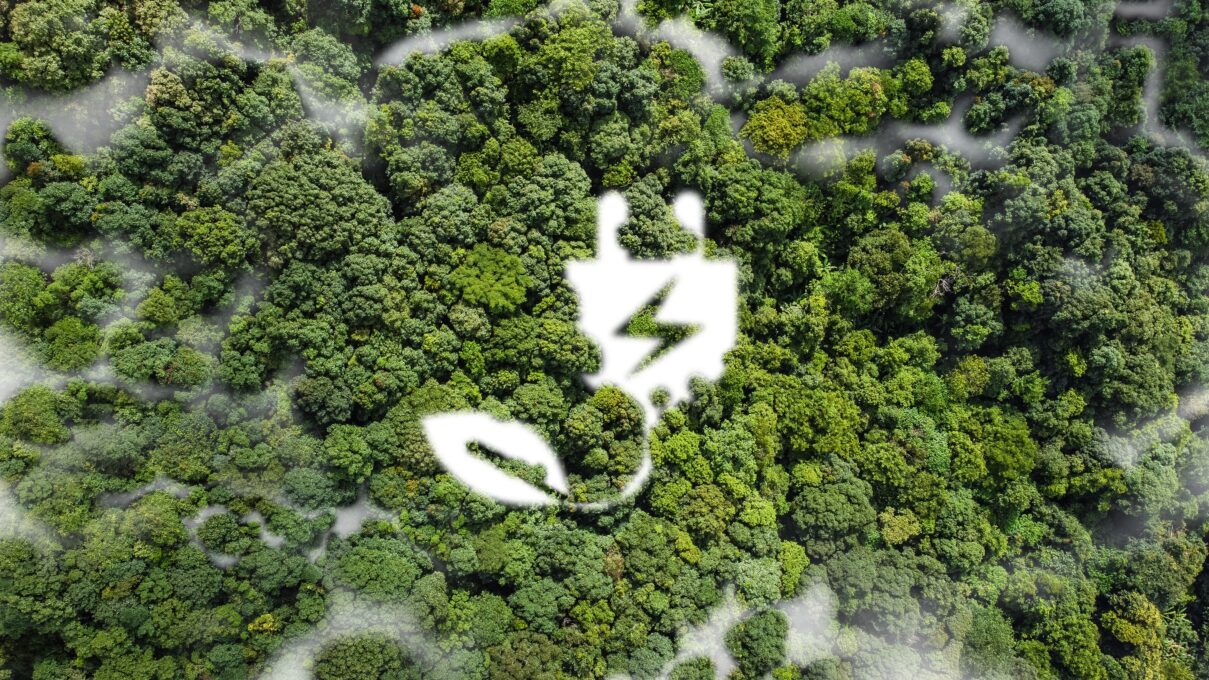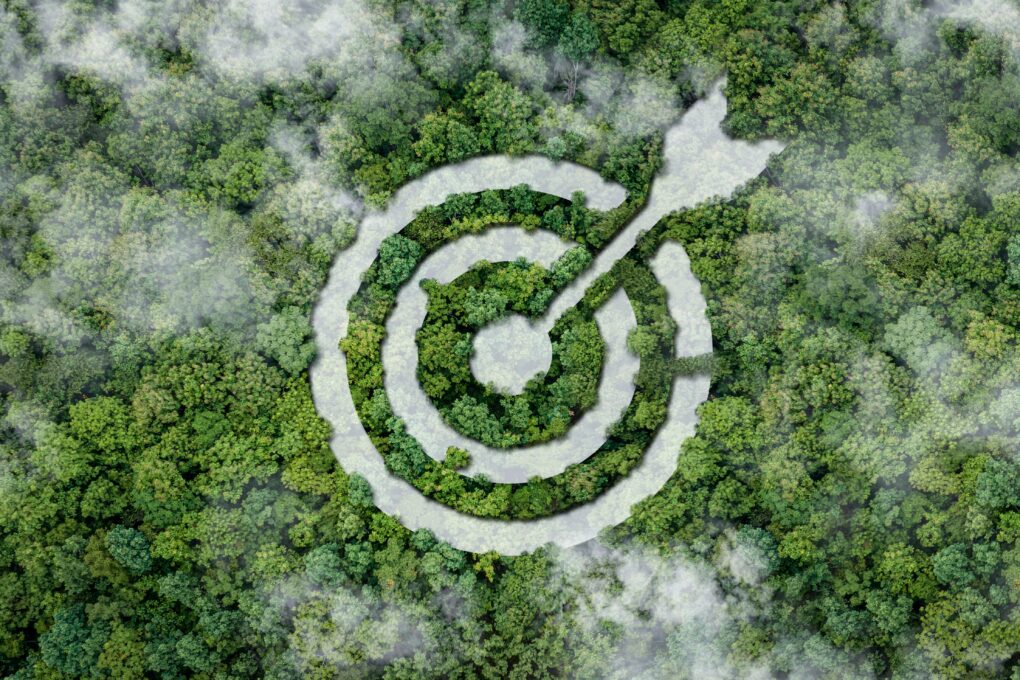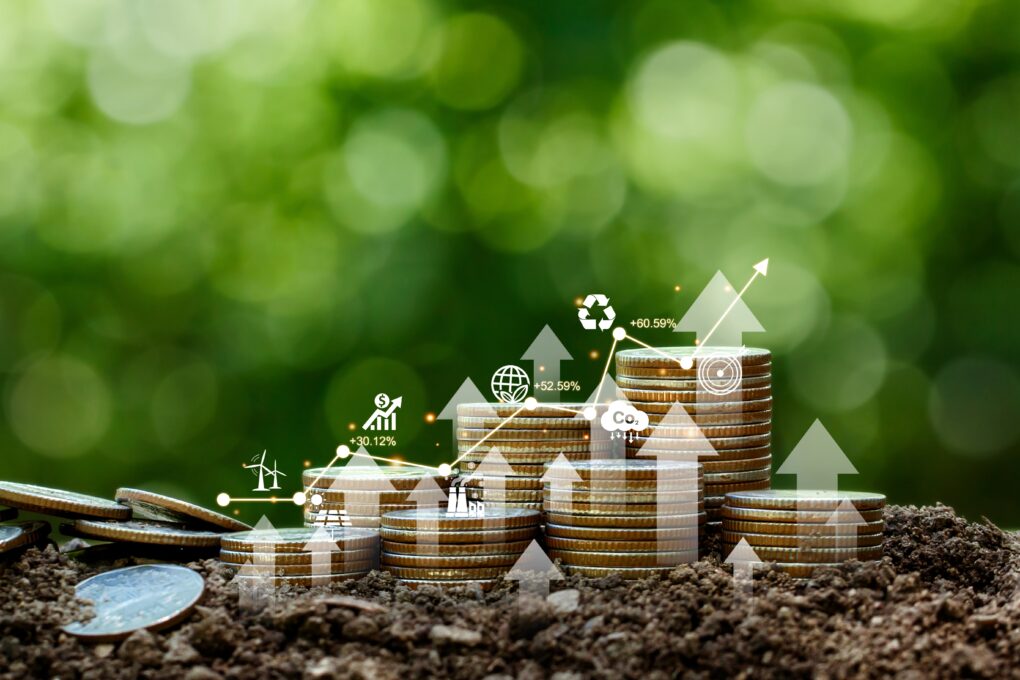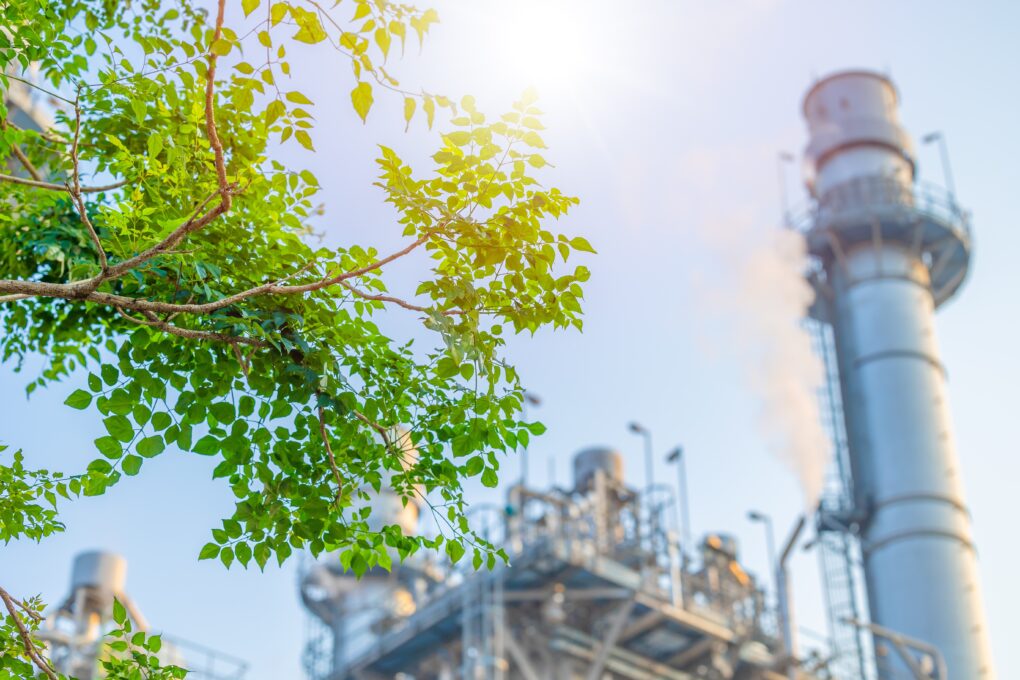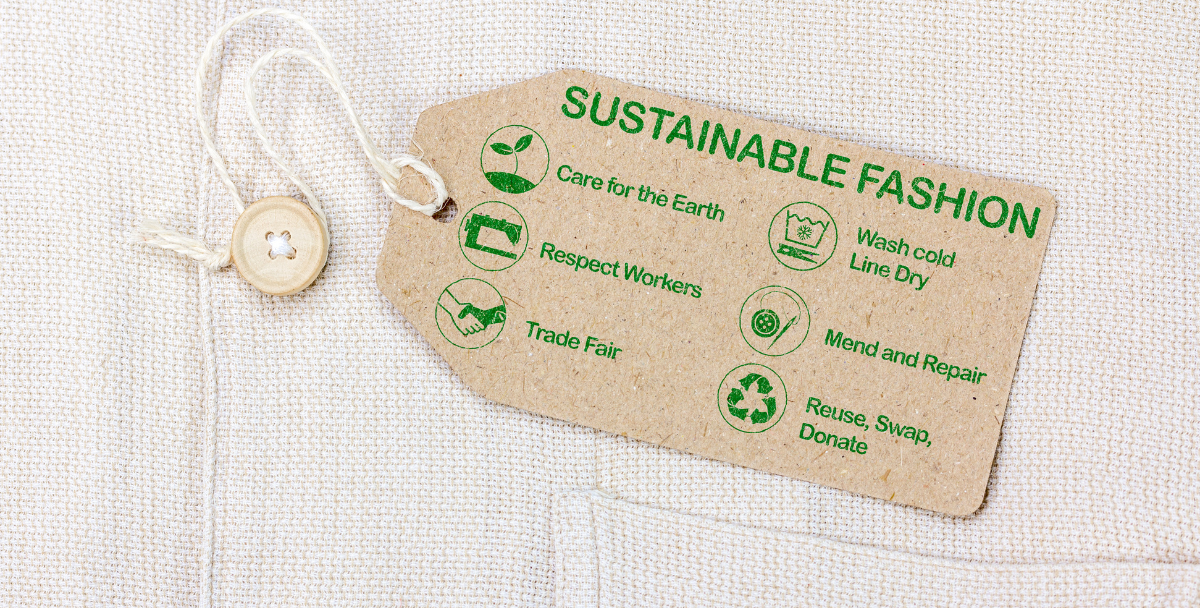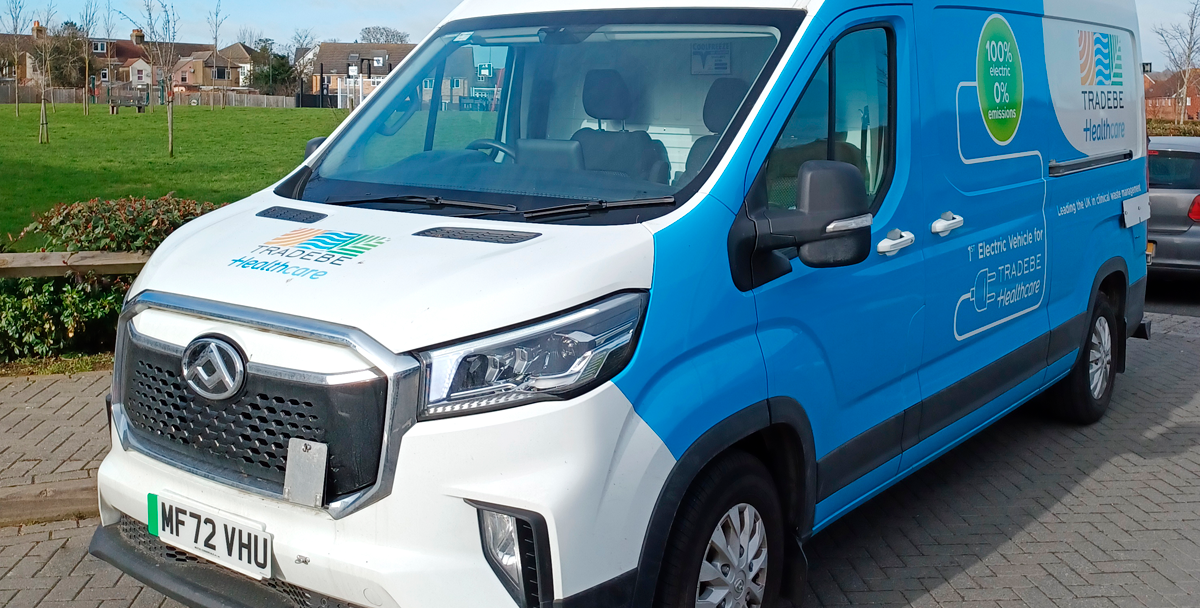How does climate risk affect us?

Increasingly intense rainfall, stronger winds and summers that seem to last forever. No matter the time of the year, news about climate risk is shocking. It’s not a matter of the future because it’s happening now and governments and businesses are desperate to try and find the best possible solutions. That’s why we want to explain how climate change is affecting our daily lives, what strategies are being implemented and what we can expect for the future. Let’s find it out!
Key areas affected by climate risk
Climate risk, understood as the negative impacts derived from climate change, leaves its mark not only on the planet, but also on our societies and economies. Let’s take a deeper look at the areas it is affecting the most:
Agriculture
Droughts that seem to last longer in some regions and floods that become increasingly recurrent. Along with this, we have to suffer the rising temperatures that hinder crop growth and reduce their yields. For example, many plants are sensitive to heat and might not grow well if temperatures rise too much, which affects staple crops such as wheat, rice, and corn. What’s more, unpredictable weather patterns, such as heavy rains or sudden droughts, damage crops and lead to lower harvests and higher prices for consumers.
But besides consumers, farmers are the first ones in line suffering from climate risk. The health of the soil where they work is the main issue. A healthy soil is essential for growing food, but climate change can lead to soil erosion, loss of nutrients, and reduced water availability. Consequently, they can’t sustain their crops over the long term, leading to reduced food production and less income for them.
Nevertheless, farmers are trying to find a solution by planting more resilient crops, using smarter irrigation methods, and investing in technologies that can help them predict and respond to weather changes. However, these solutions can be costly and may not be accessible to all farmers, especially those in poorer regions. That’s why government support and investment are needed to help producers weather climate change.
Finance and investment
Seen as something that would never impact them, investors now have to think about how climate change might affect their companies and undertakings. Imagine you invest in a business that relies on water-intensive manufacturing. What would happen if water suddenly became scarce? This is just one of the many examples where investors have to be careful and take all possibilities of climate risk into account.
Companies must adapt to new environmental standards so as to avoid paying higher costs or even losing customers. Insurance companies also are aware of this. They are considering more than ever extreme weather events, such as hurricanes, floods, and wildfires. Even though they seem to be the winners at some point because of higher premiums, they may also lose clients because of higher payouts.
However, climate risk is also opening up new opportunities. Green technology and renewable energy is being developed at a faster rate than ever before. Investments in solar panels, wind farms, and electric vehicles are soaring. Besides, financial markets seem to be increasingly supporting these ventures, showing that addressing climate risk can make economic sense.
Infrastructure and urban planning
All the buildings, roads, and bridges that we have built are at risk from the effects of climate change. Floods can wash away roads in hours, heatwaves can weaken the structure of bridges and railways, and wildfires can decimate entire neighborhoods in a matter of days. Besides the human suffering, we have to consider the enormous cost this means for the different administrations.
That’s why urban planners and engineers are now designing cities with climate resilience in mind. They design structures that can withstand higher temperatures, that strengthen flood defenses and create green spaces that help absorb rainwater and cool down urban areas. Also, they include features like rainwater harvesting systems and solar panels to help cities adapt to the changing climate while promoting sustainability.
Health
When it comes to health, some groups in society are at higher risk than others of suffering from climate change. Particularly, older adults, children and people with chronic health conditions are affected the most by heat waves that can lead to heat strokes or heat exhaustion. High temperatures can also worsen air quality, increasing the risk of respiratory problems like asthma and bronchitis.
Besides rising temperatures, air quality worsens. Wildfires, which have become more intense and frequent, release smoke that travels for miles, affecting people’s breathing capacities. Poor air quality is linked to various health problems, including lung disease, heart conditions, and complications for those with pre-existing respiratory issues.
Additionally, climate risk is expanding the natural habitats of dangerous insects such as mosquitoes or ticks, that can carry diseases such as malaria, dengue or Lyme disease. The reason? The insects feel attracted by the warmer temperatures in new areas, which puts the new population at risk of infection.
Governments and communities are working to tackle these challenges. New plans to deal with heat waves are being developed, along with more investment in better air quality monitoring, and promotion of public health campaigns that encourage preventative measures. Meanwhile, a global effort is being done to prevent the spread of these diseases and develop new and better treatments.
The EU strategy
The European Union has been working on an approach to address the climate risk issue. Before uncovering their strategy, let’s explain that urban environments experience higher temperatures than rural areas. This is where the term “urban heat island” (UHI) comes into play, an urban area that is significantly warmer than its rural surroundings due to artificial infrastructure and human activities. Vegetation is the key determinant factor here. While rural areas are covered in grass, shrubs or forests, cities are mostly pavement. All these factors contribute to the urban heat island effect, which is most pronounced during the night, when temperatures in urban areas can be up to 10°C higher than in rural areas. As a consequence, human health is negatively impacted, leading to problems such as cardiovascular or respiratory disorders, among others.
Therefore, researchers have set to work on spatial variation of temperature obtained through an urban climate model. Using C3S ERA5 climate reanalysis data on air temperature, specific humidity, relative humidity and wind speed, VITO applied the UrbClim® model to provide urban climate information for 100 European cities at a high spatial resolution of 100 meters. This information allows users to visualize the urban heat island effect for 2008-2017 for any of the 100 cities covered.
Then, what’s all this information for? Through the urban heat island application, users can visualize the spatial distribution of cool spots in a city. Now, urban planners along with governments in Europe can develop a network of accessible cool spots that are promoted during heatwaves. But that’s not all. This data also helps local adaptations, such as modifying existing streets or redesigning new building districts.
Challenges and barriers
Despite having developed systems such as the UHI application, some challenges lay ahead, especially for other parts of the world that cannot easily access or implement solutions due to limited resources or infrastructure:
Economic challenges
Shifting to sustainable practices isn’t easy nor cheap. Creating the infrastructure to produce renewable energy or create eco-friendly products is expensive. Even though these changes save money over time, not all businesses and communities have the funds to make these transitions right away.
Political and social barriers
We’ve all heard climate change deniers in the media boasting their strategies to continue with the use of fossil fuels or downplaying the urgency of climate risk. Also, it may happen that there’s a lack of strong political action because leaders may prioritize other issues or face pressure from industries that resist change.
Additionally, people may resist changes if they feel it will disrupt their daily lives, jobs, or cost them more money. For example, policies that encourage reducing car use or changing farming practices might not be popular if they are seen as inconvenient or expensive.
Data and technology gaps
One of the essential tools to manage climate risk effectively is data and advanced technology, but there are gaps in both areas. In many places, there isn’t enough reliable data on local climate patterns, which makes it hard to predict and prepare for risks like floods, droughts, or heatwaves. Without reliable data, it’s also difficult to create effective plans for climate adaptation and resilience.
On the technology side, while there have been many advances, not every region has access to the tools they need. For instance, advanced forecasting systems, water-saving technologies, or efficient renewable energy solutions may be available in some countries but not in others.
Empowering businesses to tackle climate change
Climate risk has prompted action all across the globe, such as in Europe with the development of the UHI application. If governments and companies take measures like this one into account and work towards finding solutions that help fight climate change, we’ll be better prepared for the future.
All the information contained in this article has been taken from Copernicus Climate Change Service. (n.d.). Demonstrating heat stress in European cities. Copernicus. https://climate.copernicus.eu/demonstrating-heat-stress-european-cities



